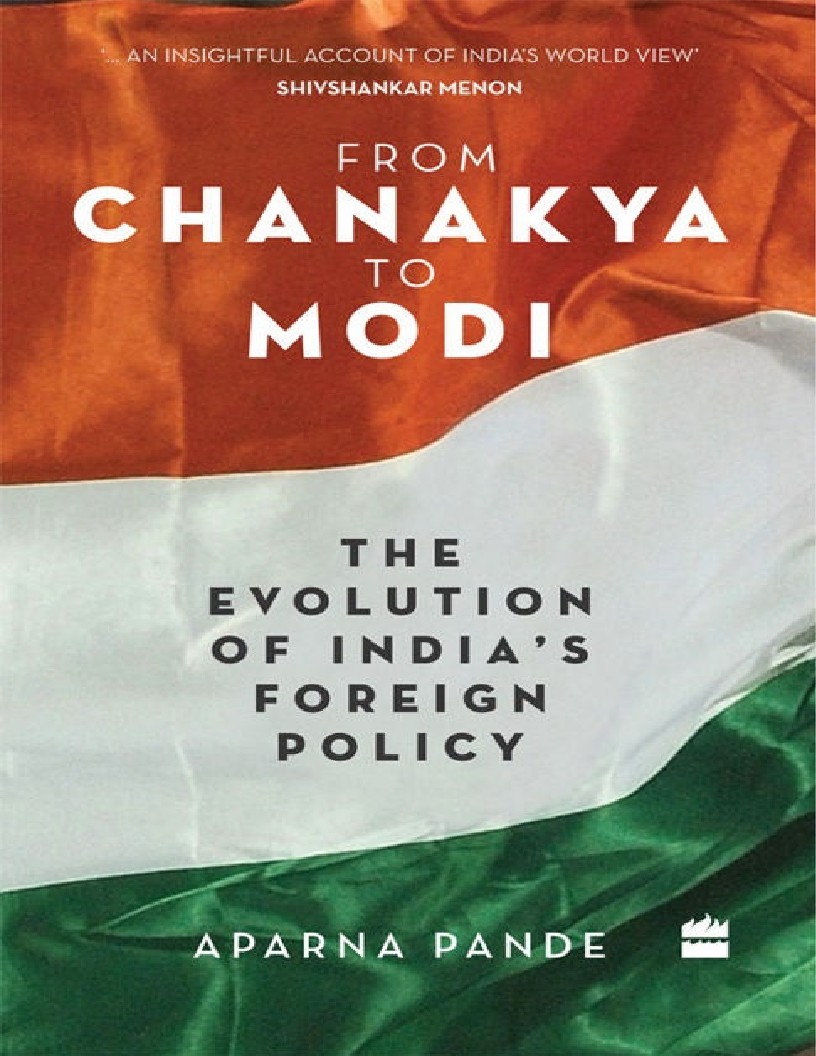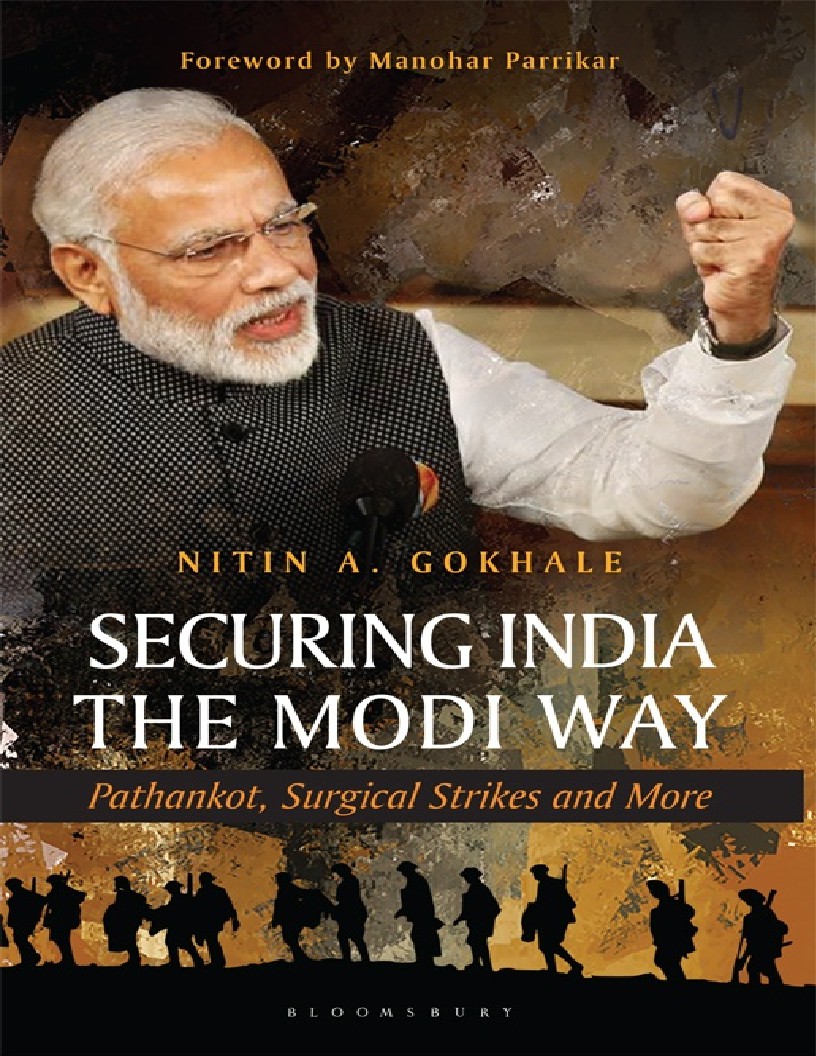Book Details

From Chanakya to Modi
IN 2015, A Delhi-based motor accidents tribunal adjudicated that animal-driven,
slow-moving vehicles (or bullock carts) often caused serious accidents. Instead
of banning these vehicles from the road, the court simply asked for them to be
regulated.1 The story serves as a metaphor for India’s tendency to add the new to
the old, instead of replacing it. A century after the first motor car appeared on
the streets of India, bullock carts, animals (cows, buffaloes and dogs) and
humans still share the same streets with motor vehicles. In most countries, horsedriven
carriages disappeared within a few years of the arrival of motor cars. As
recently as the 1980s, one of India’s leading technical schools, the Indian
Institute of Management, even had a project to build a better bullock cart that
would carry heavier loads but with less wear and tear for the bullocks.2
Author: Aparna Pande
Pages: 252
Issue By: Gyan Publication
Published: 2 years ago
Likes: 0
